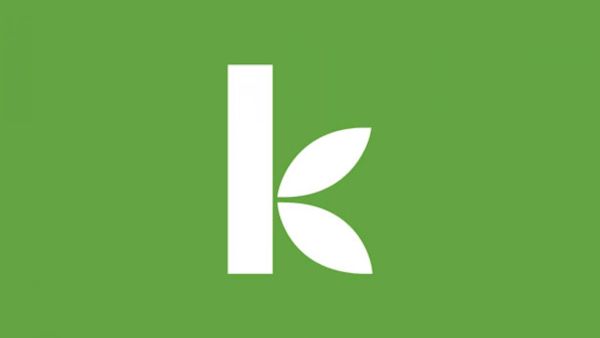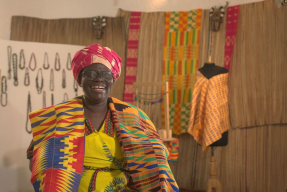Access to Microcredit –the View from Nimasac, Guatemala
April 1, 2009
It’s taken me some time to “get my feet on the ground” microfinance wise. So many distractions upon arriving in a new country, community, culture, family–not to mention learning my way around ASDIR, Kiva’s partner bank. After almost 6 weeks here, this is my first post that focuses on microcredit.
I have visited almost 50 Kiva borrowers since arriving here, but these two stand out for me as exemplifying the role that “having access to credit” can play in the lives of the hardworking and resourceful poor.
The first, is an interview with Ofelia Marina, a woman who used her loan to become her own boss. Ofelia’s loan enabled her to get out from underneath dependence on a patrón and to develop her own, custom apron sewing business. Ofelia’s customers come directly to her and order custom aprons to be sewn for them.
Microcredit has given Ofelia Marina control over her own destiny.
'The second, is a young father, Juan Pedro who originally took out his loan to buy leather and other raw materials for his “shoe-part” making business. He lives in a one room home in Nimasac, Guatemala with his wife and toddler son.
Aside: Making shoes here is a classic cottage industry. Someone sews together the buckles and straps, someone else makes the soles and the heels and then, finally someone puts them all together to make a pair of shoes. Much of the work is done by individuals, in their homes. They depend on their ” patrón” for their business—the ” patrón” decides how many straps and what color need to be made this week. This will be a subject of a separate blog as I will walk you through the steps (and number or individuals) involved in making a pair of shoes.
Unfortunately, the orders for his shoe parts dried up and it didn’t seem like such a good idea to invest in more raw materials. Instead, he used the money to buy a foot (or treadle) loom which is used to weave traditional “cortes” (traditional fabrics which are then used to sew blouses or skirts ).
The interview is in Spanish and I have not yet mastered subtitles. But, the gist is that Juan Pedro says that if it weren’t for his loan from ASDIR/Kiva, he would have nothing. He might be right.
'Not every micro finance loan is going to dramatically change someone’s life or provide compelling video. In fact, the majority I’ve seen have been “nice to have” but not “life altering”.
I think that may be the real and sustainable power of micro credit—to incrementally improve the lives and financial stability of the world’s poor.
/>PREVIOUS ARTICLE
New on Kiva: Improved Entrepreneur Repayment Schedules →NEXT ARTICLE
Saying Goodbye to the Philippines →













